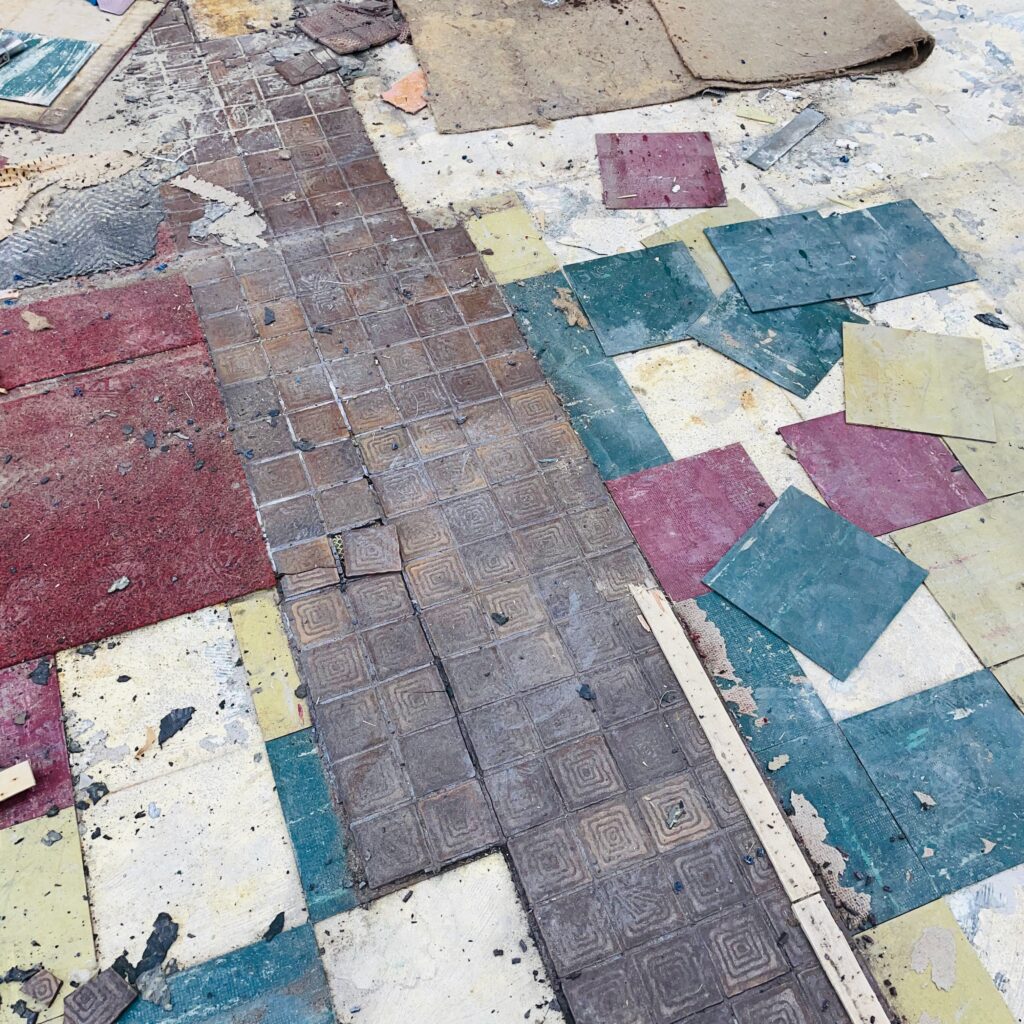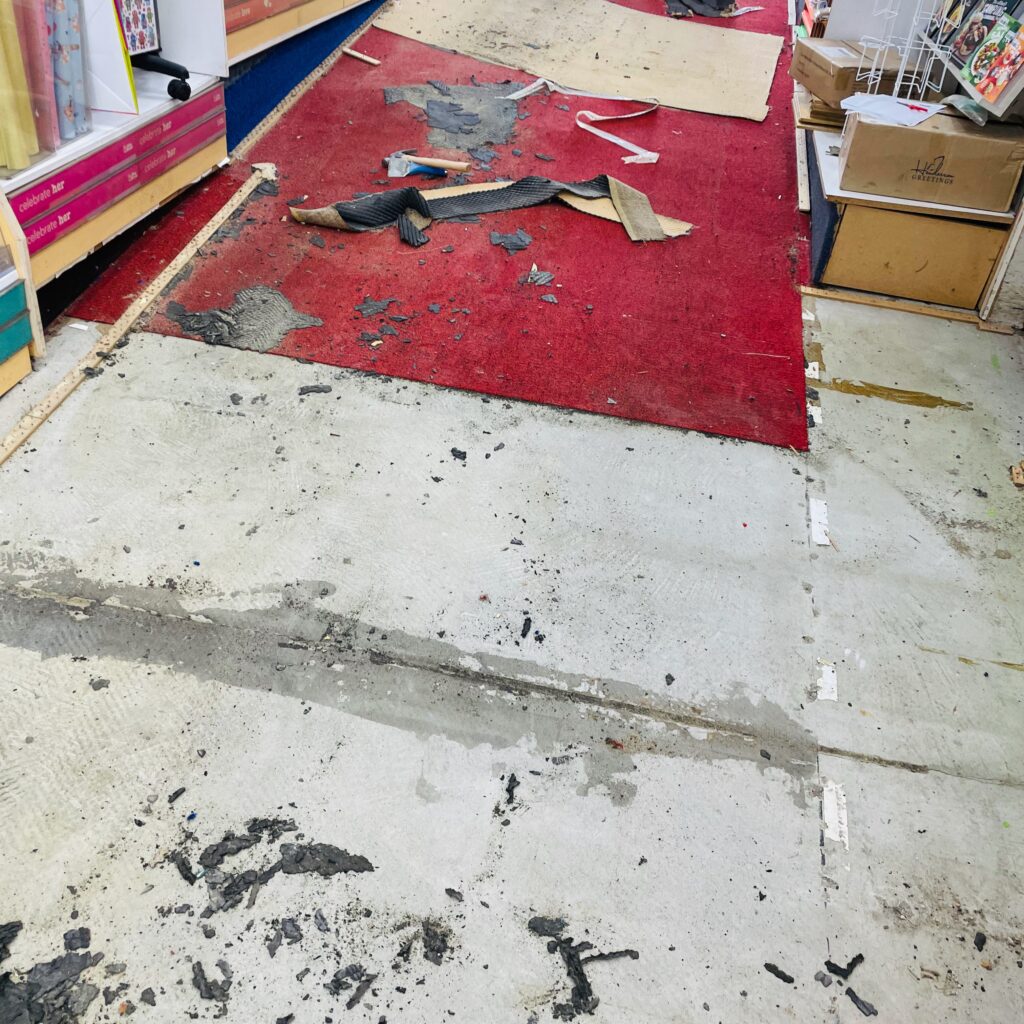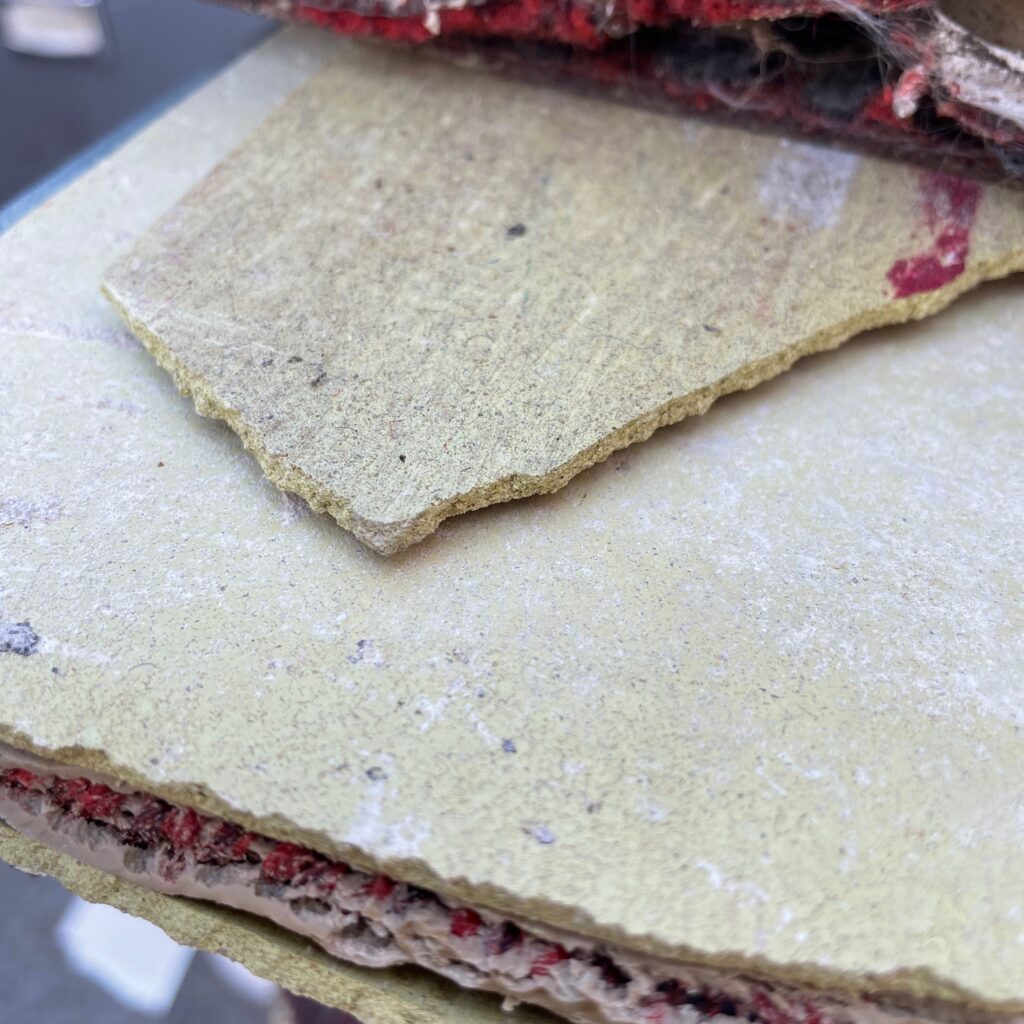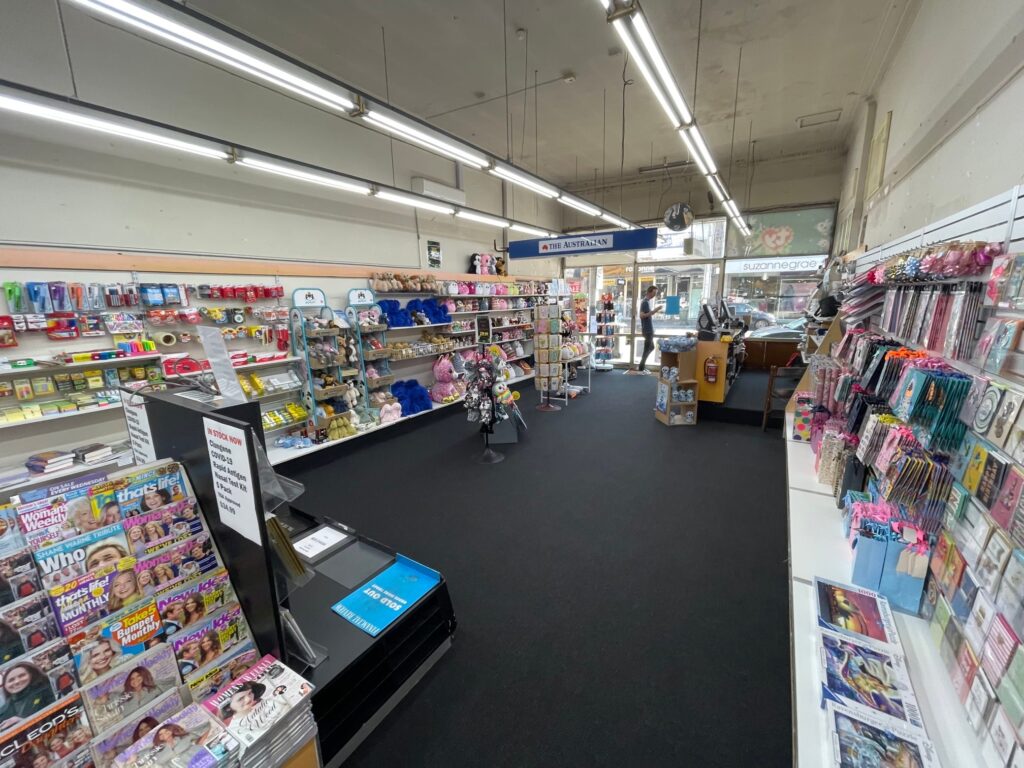Rising interest rates are on the mind of everyone in Australia right now it seems. News stories appear daily about the impact of rising interest rates … for homeowners, for businesses. Everywhere we turn there is a ‘take’ on rising interests rates.
In local small business retail we can see the impact of higher interest rates through several lenses: consumer confidence, actual sales and business costs – for businesses with loan funds in place to support the business.
Our Tower Systems POS software company helps local small business retailers deal with rising interest rates in a range of ways …
We help retailers track trends on their shops. This is vital because while there is news out there and plenty of speculation, a retailer can only rely on what they bank through their register and our POS software is that register. we can help them access facts as they pertain to their business as opposed to feelings based on news and other stories. Facts matter. One retailer told us last week that rising interests rates were impacting their business through less sales. While their transaction count was down, revenue was up in higher margin areas meaning the business was banking more profit. facts matter.
We help retailers cap costs. The rental / subscription cost of our POS software has not changes since mid 2019. We have no plans to change it. Our customers know this. We are iota adding to their costs. We also help them require the cost of labour in their businesses and this can save money and free cash for other, more productive, uses in the business.
We help retailers free up cash in their businesses. And, this can help reduce their reliance on loan funds, which means a lower impact of rising interest rates. now, how do we help retailers free up cash. We do this in a range of ways, through smart tools in our POS software. We helped one business release more than $20,000 of hitherto dead money. The released funds helped them reduce their overdraft and that reduced the amount of interest the business was paying. It all comes back to using business data.
Rising interest rates are a thing. Rather than getting caught in the quicksand over them, our focus is on helping local small business retailers develop and walk through a plan for dealing with rising interest rates so that their businesses are not as impacted as they might otherwise have been.
The news out there on rising interest rates can be scary, and distracting. Our advice is to focus on that over which you have control, to understand, seek out a pathway through and to step thoughtfully along that path.





Recent Comments